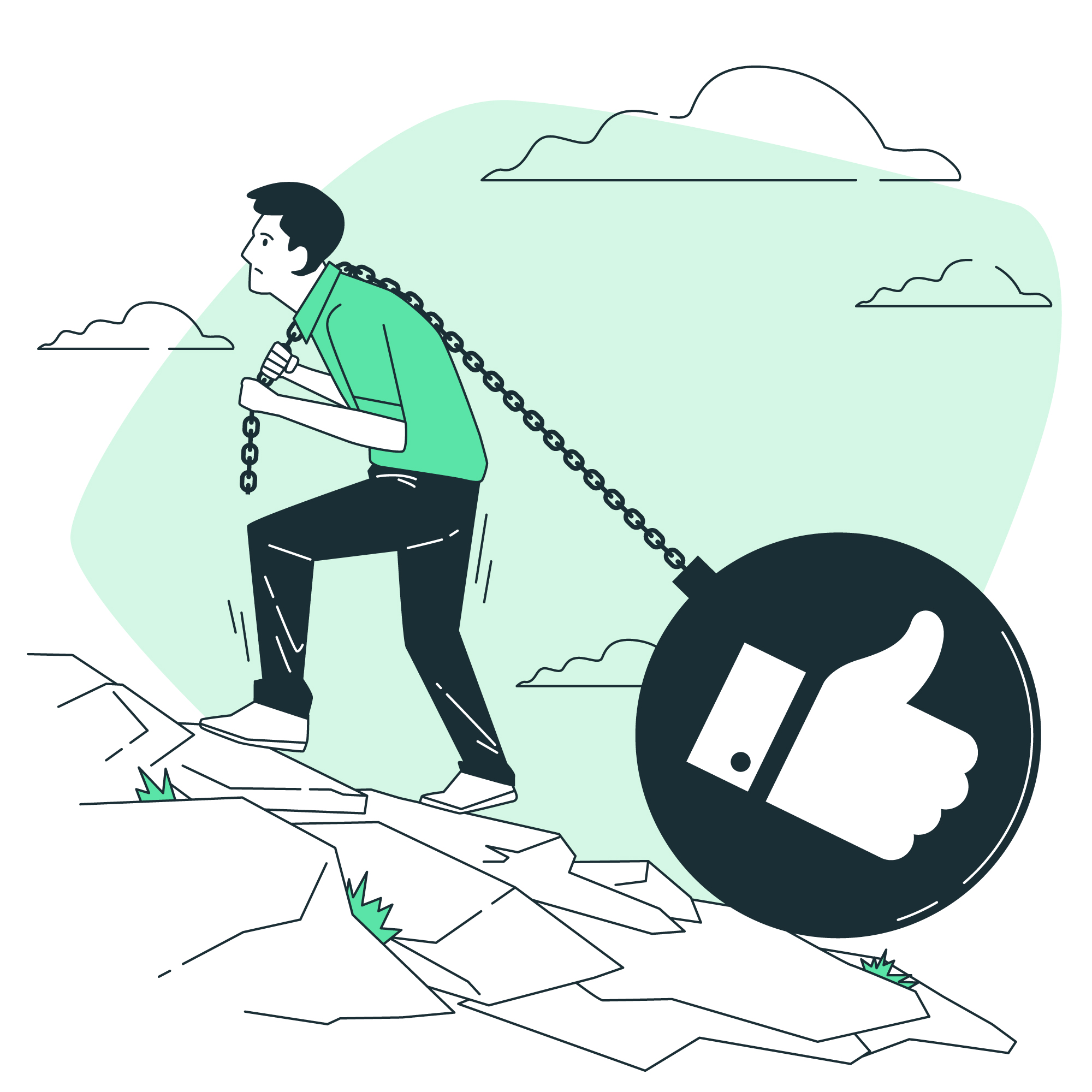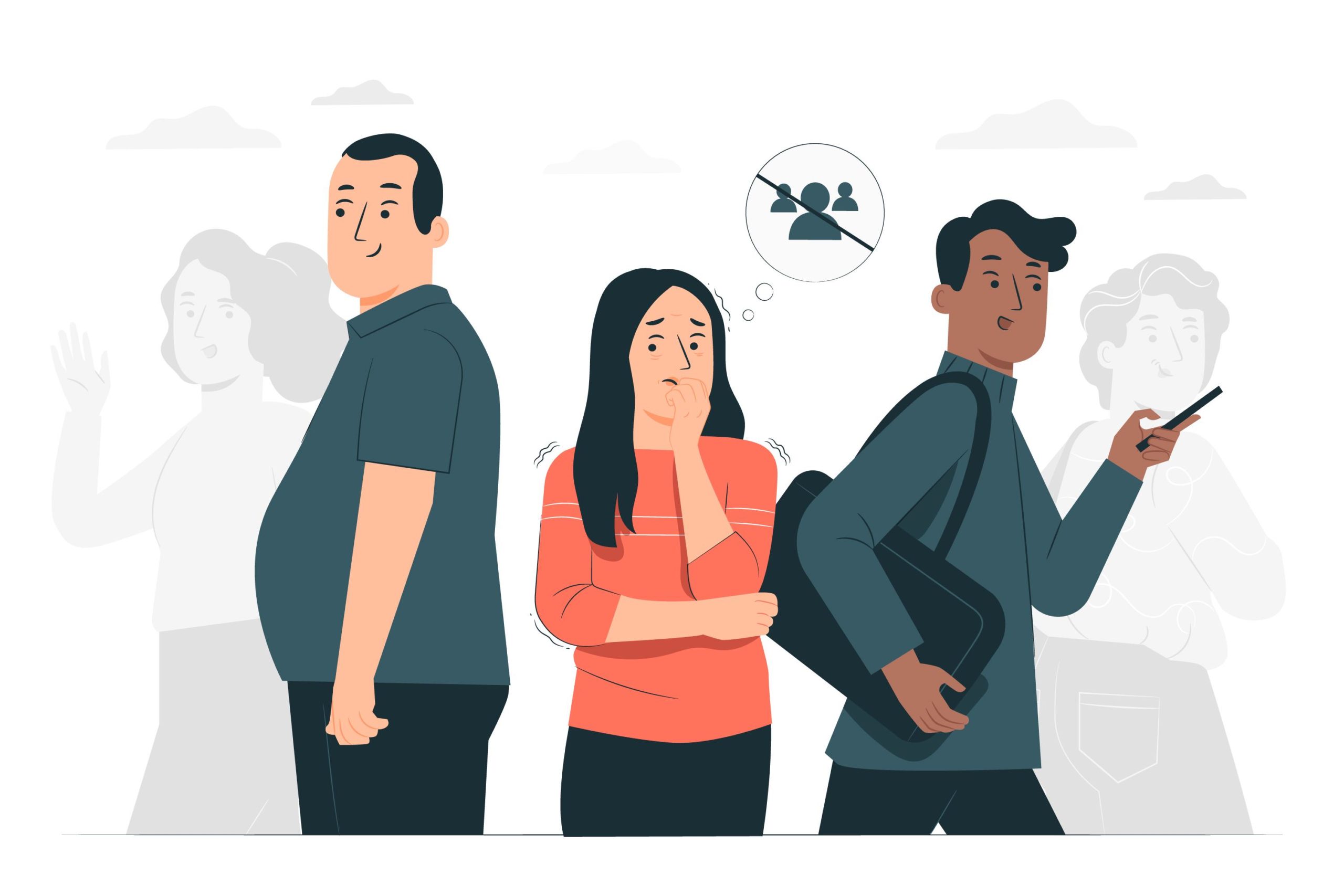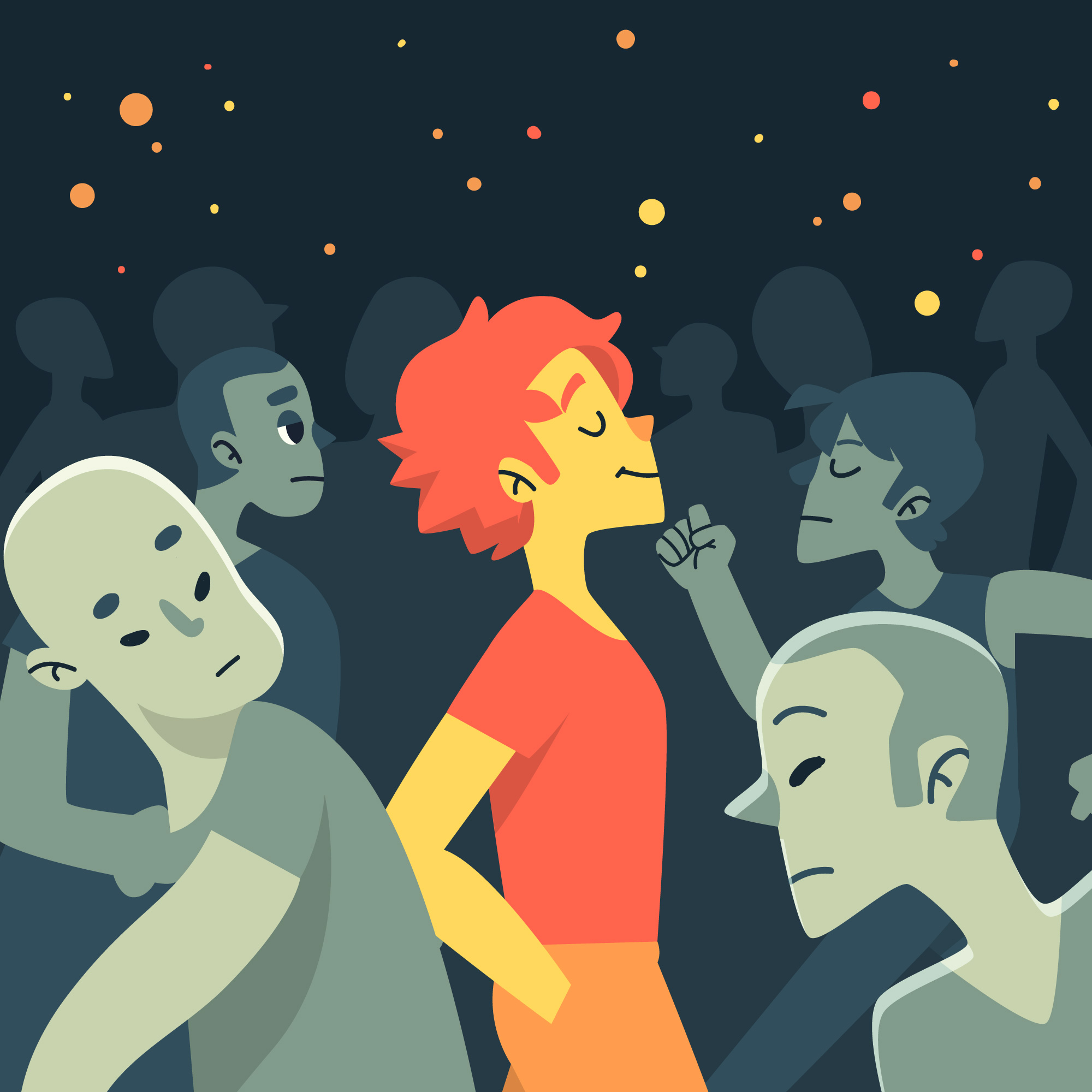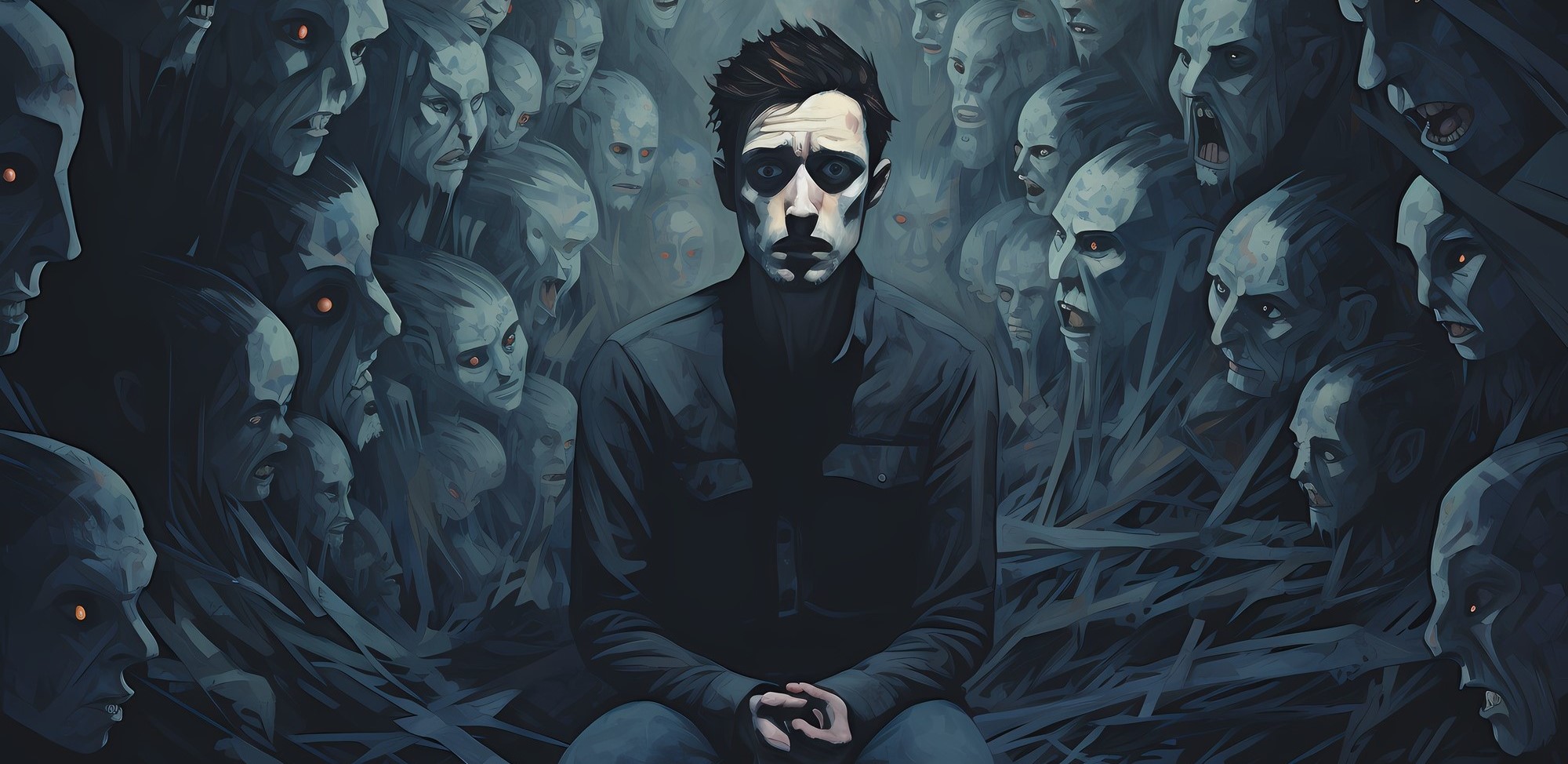The Fear Blueprint II
A Step-by-Step Guide to overcome irrelevant Fears
December 2023 | Concepts | By John Signer
In this second part, we will explore the theme of social anxiety,
The tools acquired in this article will enable us to develop
The Fear Blueprint II
A Step-by-Step Guide to overcome irrelevant Fears
December 2023 | Concepts | By John Signer
In this second part, we will explore the theme of social anxiety,
The tools acquired in this article will enable us to develop
The Fear Blueprint II
A Step-by-Step Guide to overcome irrelevant Fears
December 2023 | Concepts | By John Signer
In this second part, we will explore the theme of social anxiety,
The tools acquired in this article will enable us to develop
Thoughts on social anxiety
The screech of rail friction wakes me up. The train arrives. I half-open my eyes, reddened by fatigue. My mind is still foggy. I stand up unsteadily and make my way towards the nearest train door. I take my first steps into the car, searching for a seat.
I hear something.
Someone is crying. I noticed a woman curled up, sitting two seats away from me, with tears streaming down her face.
I take another step forward. I hesitate to continue walking. Avoiding the situation is much easier, especially since I’m exhausted and unsure of my ability to help her. Well, yes, it is easier, but those are excuses, and poor ones.
I pause. A duality arises within me. I know that I should take action, but something in my brain urges me to avoid the situation, as if the person in distress posed a great danger to me. You guessed it, this is fear. Questions are now swirling in my mind. What if the woman is bothered by my help? What about the judgment of others?
These questions bring me no value. They simply prevent me from taking action. A lot can happen if I interact with her. She might reject me. I might struggle to find the right words to encourage her. One thing’s for certain: talking to this woman is not going to harm me, either physically or mentally. I take a step towards her.
Unraveling the concept

Social anxiety is defined as those brief moments when we feel scared to take action due to our fear of potential consequences. Even when there are none, we imagine them – by valuing the opinions of others – by being worried about potentially offending anyone we interact with.
We value these social aspects because we believe that our social status is important and part of our integrity. And, well, any failure would jeopardize this status.
Although social interaction doesn’t threaten our physical integrity, it does impact our “mental” integrity. Our brain struggles to comprehend the difference between these two aspects, as they are conceptually the same signal for our obsolete fear mechanism.
The Origin of Its Delay: Evolution
Homo habilis, a species within the Homo genus, existed more than 2.7 million years ago. The environment was hostile, and the preexisting fear response enabled this species to react quickly, thus extending their lifespan in the presence of danger.
Then, barely 5,000 years ago, everything accelerated, and threats no longer had the same functional definition. Human societies have become more complex.
However, evolution is neither more complex nor faster. Even if natural selection performs its role effectively, it will take more than just a few thousand years and a bunch of socially anxious individuals to accelerate the qualitative evolution of the fear response. Therefore, social interactions and physical threats are given the same label. Both threaten our cherished self. It scares us.

The Impact of Social Anxiety
Communicating and interacting with other human beings are integral parts of our lives. If we want to thrive in our society, being competent in this field provides a significant advantage. Friendship, professional, and romantic networks are integral parts of our lives and fulfill our social needs, requiring active engagement on our part. Of course, the rules change somewhat with online social networks, which may facilitate certain types of interaction and allow genuinely anxious people to enjoy this form of communication. However, establishing genuine and lasting connections with people, the kind that make you feel complete, requires social competence, even in the online realm.
Let’s now examine the hallmarks of social anxiety. We’re scared. So we avoid all types of interaction, such as meeting new people, public speaking, being the center of attention, making eye contact, and initiating conversations. This leads to an accumulation, over the course of our lives, of small and large moments of inaction. Where we haven’t been able to create what we would have liked. Where we feel like we haven’t given our all. At the time, of course, it doesn’t seem excessively important. The problem arises after some time when we eventually realize the missed opportunities we wish we had taken and how much better we could have performed in every aspect of our lives.
And at one time or another, we all regret those small things we chose not to do out of fear of social discomfort. The sooner, the better. However, it is difficult to make the effort to realize this until we are confronted with a situation where we have no alternative but to do so. What if we waited until the end of our lives, for instance, to deeply regret some of our choices on our deathbed? I have a feeling that it’s a bad idea.
That is why we should engage in meaningful social interactions. That seems to bring us something good. Without hesitation, we should embrace the opportunity and engage in that discussion we’re so afraid of.
In fact, what we truly need is an efficient method to quickly learn and understand how to differentiate and remember, in the precise moment when we engage in a social interaction, that the type of fear we experience is irrelevant and does not pose a threat to our integrity. This will enable us to quickly suppress our fear response and prevent ourselves from becoming overwhelmed by the situation. And the solutions we can find not only treat social anxiety disorders. Social anxiety, as explained above, is categorized in a similar manner to any other fear, including phobias.

In the next chapter, you will discover solutions and guidance to help you dare to achieve your goals, build self-confidence, and develop a proactive mindset despite your fears.
You’re going to become a



